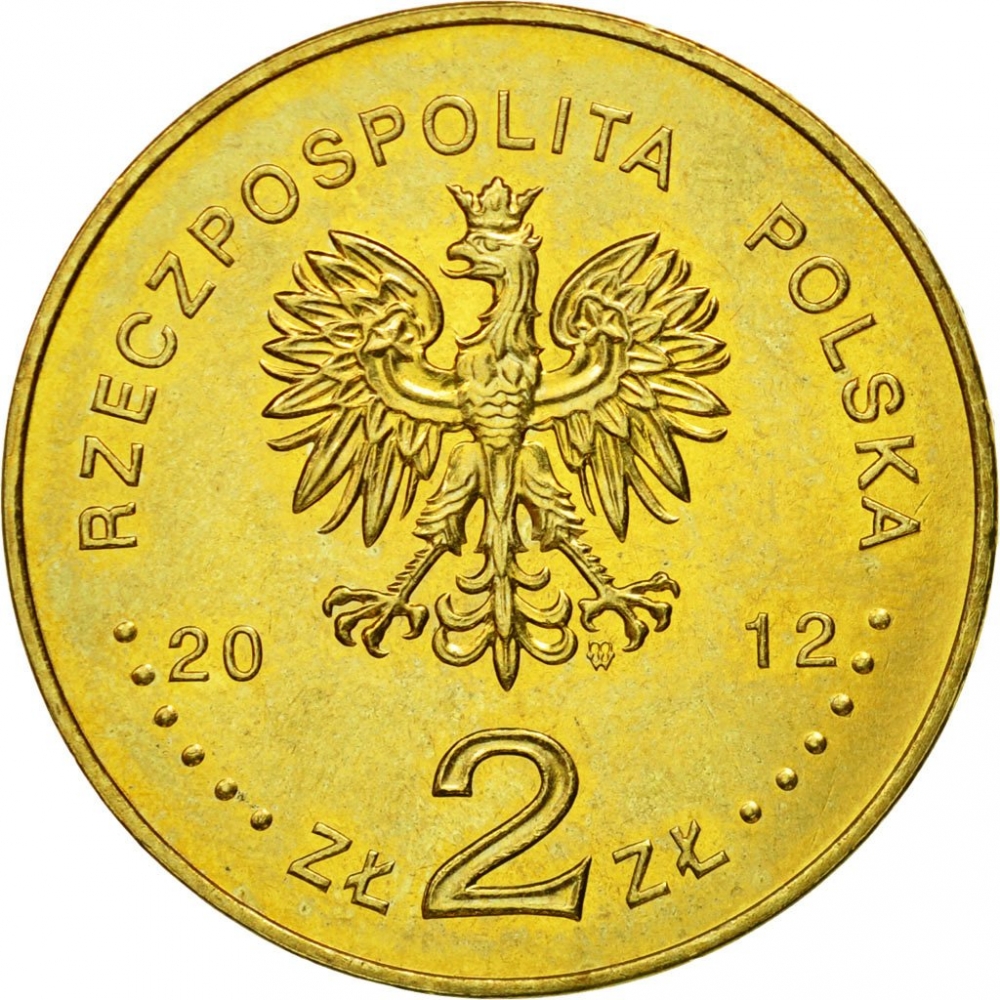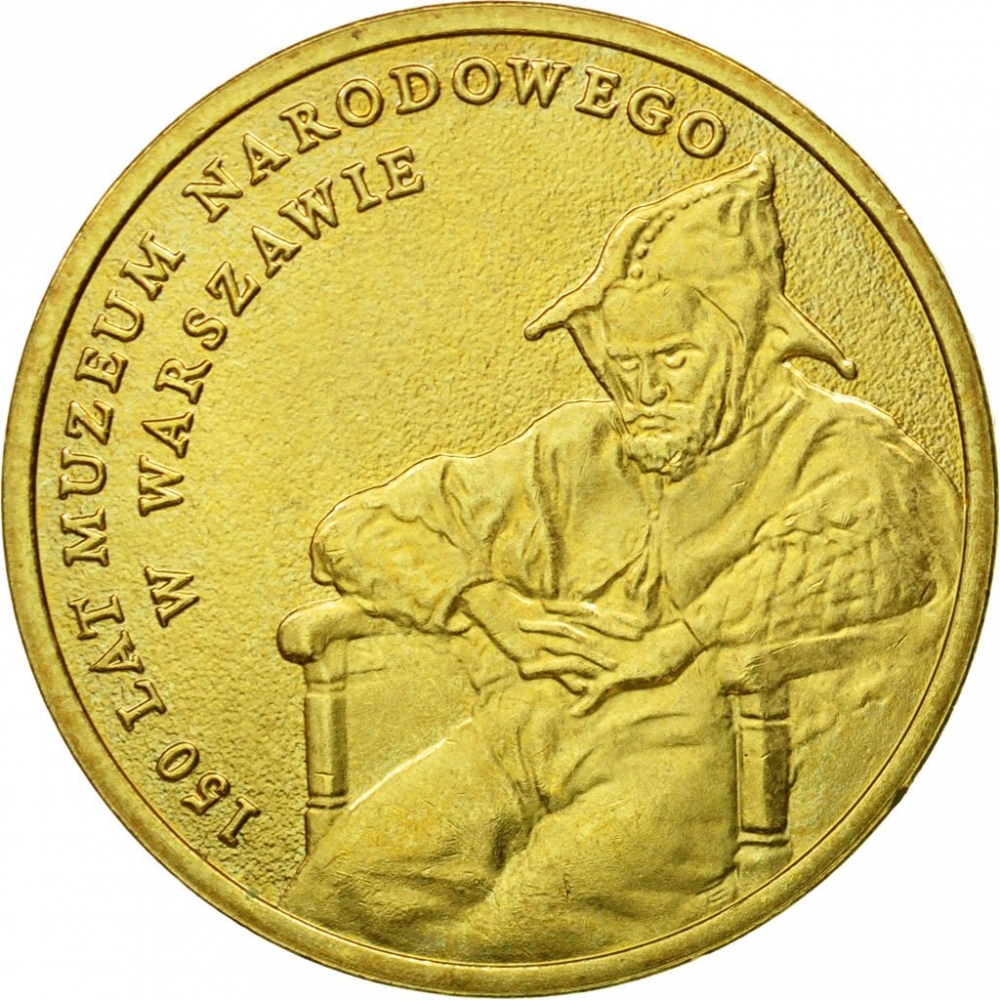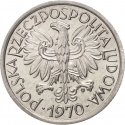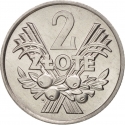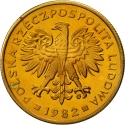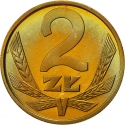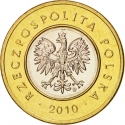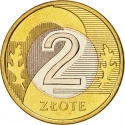You are about to finish your registration. Please check your mailbox (including spam folder). There should be a letter with a confirmation link. Check setting to make sure that your e-mail address is correct.
Send letter againDescription
The National Museum in Warsaw (Polish: Muzeum Narodowe w Warszawie), popularly abbreviated as MNW, is a national museum in Warsaw, one of the largest museums in Poland and the largest in the capital. It comprises a rich collection of ancient art (Egyptian, Greek, Roman), counting about 11,000 pieces, an extensive gallery of Polish painting since the 16th century and a collection of foreign painting (Italian, French, Flemish, Dutch, German and Russian) including some paintings from Adolf Hitler's private collection, ceded to the Museum by the American authorities in post-war Germany. The museum is also home to numismatic collections, a gallery of applied arts and a department of oriental art, with the largest collection of Chinese art in Poland, comprising some 5,000 objects. The Museum boasts the Faras Gallery with Europe's largest collection of Nubian Christian art and the Gallery of Medieval Art with artefacts from all regions historically associated with Poland, supplemented by selected works created in other regions of Europe.
The National Museum in Warsaw was established on 20 May 1862, as the "Museum of Fine Arts, Warsaw", and in 1916 renamed "National Museum, Warsaw" (with the inclusion of collections from museums and cultural institutions such as the Society of Care for Relics of the Past, the Museum of Antiquity at Warsaw University, the Museum of the Society for Encouragement of the Fine Arts, and the Museum of Industry and Agriculture).
Engraver: Ewa Tyc-Karpińska
Obverse

|
An image of the eagle established as the state emblem of the Republic of Poland; on the sides of the eagle the notation of the year of issue; below the eagle an inscription ZŁ 2 ZŁ, in the rim an inscription, RZECZPOSPOLITA POLSKA, preceded and followed by six pearls. The mint's mark, M/W, under the eagle's left leg. RZECZPOSPOLITA POLSKA |
|---|---|
Reverse

|
On the right, stylised image of sitting Stańczyk, a court jester of Polish kings, from Jan Matejko painting “Stańczyk”. On the left, semicircular inscription "150 years of the National Museum in Warsaw". 150 LAT MUZEUM NARODOWEGO |
| Edge |
Eight times repeated inscription: NBP, every second one inverted by 180 degrees, separated by stars. NBP ★ NBP ★ NBP ★ NBP ★ NBP ★ NBP ★ NBP ★ NBP ★ |
Characteristics
| Type | Commemorative Issue (Circulating) |
| Material | Nordic Gold |
| Weight | 8.15 g |
| Diameter | 27 mm |
| Thickness | 2 mm |
| Shape |
|
| Alignment | Medal |
| Mint |
Warsaw Mint (M/W)
|
